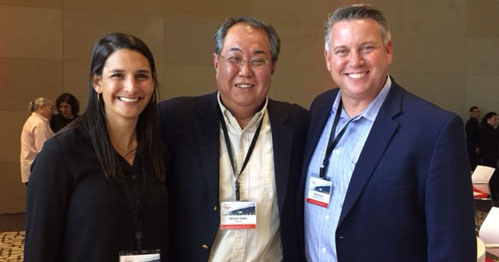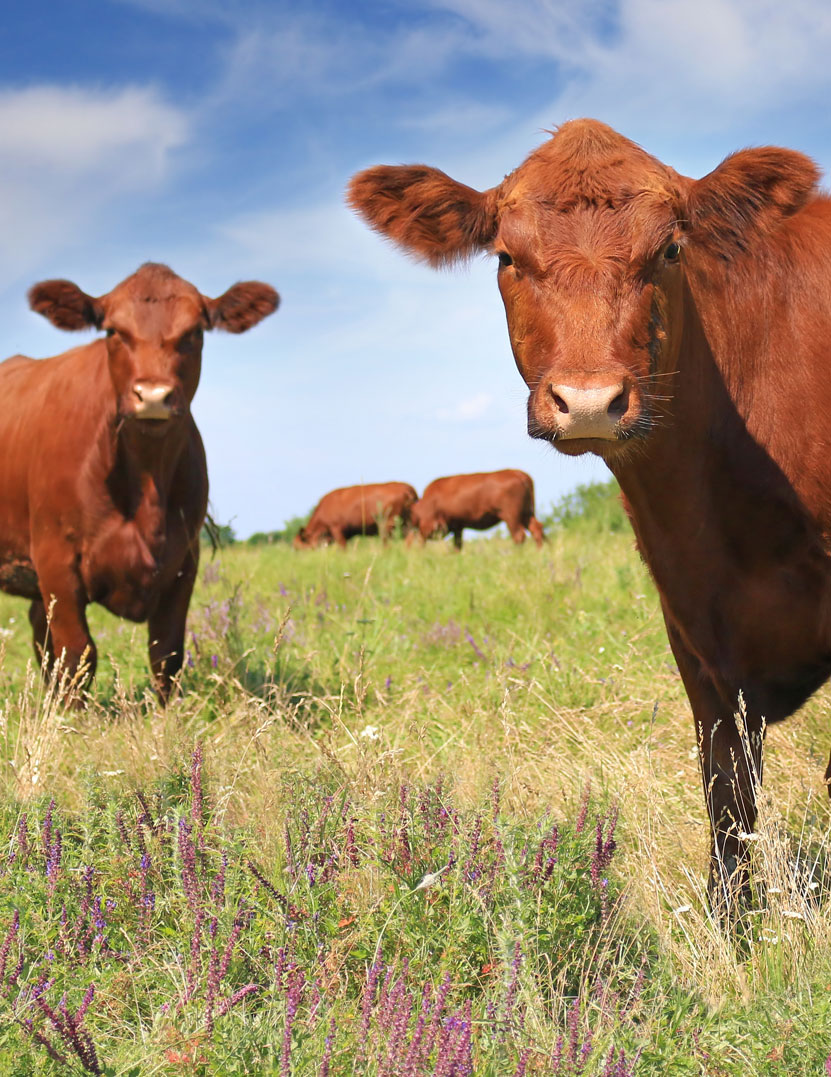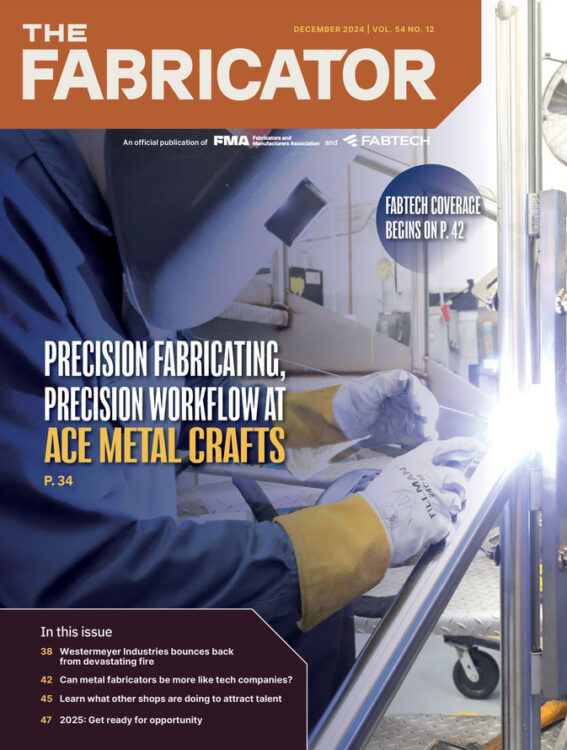
The Future Was Yesterday
July 27, 2017
TSSC’s 25th Anniversary – Celebration and Moving Forward
October 4, 2017Americans are consuming less dairy products. According to an August 21, 2017 article by Jenny Eagle in DairyReporter.com:
China will overtake the US as the largest dairy market by 2022 whilst India takes fourth place from 2021, according to research by Euromonitor International.
Americans are drinking less milk and have become wary of flavored milk drinks... perceived to be unhealthy due to high sugar content, while China's growing appetite for yogurt will result in it overtaking the US as the largest dairy market by 2022.
Maybe less dairy - but more Grass-Fed dairy.
While many Americans may be drinking less milk and consuming less dairy, those who do are seeking out healthier options - for themselves AND the environment. According to a recent story on NPR's program the salt, demand for grass-fed milk is outstripping supply in many areas, as parents become educated on its nutritional and environmental benefits.
Champions of grass-feeding - or regenerative grazing - point to the animal welfare, climate and health benefits: Grass-fed animals live longer out of confinement. Grazing herds stimulate microbial activity in the soil, helping to capture water and sequester carbon. And grass-fed dairy and meat have been shown to be higher in certain nutrients and healthy fats.


Stainless Steel is Sanitary AND Sustainable
It's long been an accepted fact that stainless steel is the premier material used for food contact processing. Stainless steel's unique composition and properties make it extremely durable, easy-to-sanitize and long lasting.
Progress in dairy science and technology has increased the level of hygiene required during the manufacturing of dairy products - in order to preserve their nutrients. Additionally, the cleaning and sanitization procedures used in the dairy industry are among the most stringent, leading professionals in other industries, such as commercial brewing to follow suit in adopting stainless steel equipment.
Beyond the hygienic and sanitary properties - stainless steel is also a highly sustainable material - with direct positive effects on what is referred to as the 'triple bottom line' of People, Planet and Profit.
According to the International Stainless Steel Foundation report:
People - Stainless steel does not harm the people working to produce it, or the people who handle it during its use, recycling and ultimate disposal.
Planet - It's estimated that 80% of stainless steels are recycled at the end their life. The 'birth' or production of stainless steel is extremely efficient too, with the Electric Arc Furnace (EAF) offering a low impact on the environment in terms of both CO2 and other harmful emissions.
Profit - The industries producing stainless steel show long-term sustainability and growth, provide excellent reliability and quality for their customers, and ensure a solid and reliable supply-chain to the end consumer. Choosing stainless steel for an application ensures that it will have low maintenance costs, a long life and be easy to recycle at the end of that life.
To learn more about Stainless Steel and Sustainability, download a copy of the report here.
To learn more about Grass-Fed Dairy and Beef, click here.





